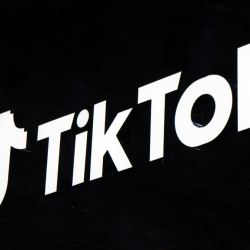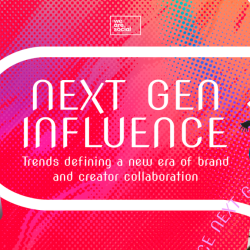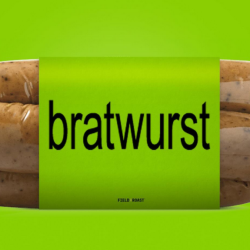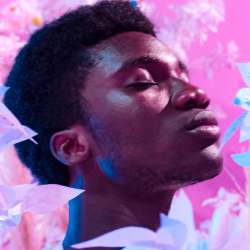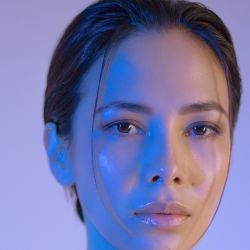Before you judge a man, walk a mile in his shoes… or in Rishi Sunak’s case, walk a mile in his Adidas Sambas. Adidas Sambas, once sported by It-girl Bella Hadid and instrumental in popularising the ‘bloke-core’ trend on TikTok, have attained widespread appeal. The Evening Standard called them as common as rats in London — you’re never more than six feet away from a pair. Even with their uncontrollable appeal, the recent public mocking around the PM slipping on a pair and his light-hearted apology highlights how a shoe can go from a must-have to a meme-able joke.
‘Core-this’ and ‘Core-that’ have complemented a rise in subgenres of micro-trends ranging from tomato girl summer to bow-ification, to the mob wife trend, to office siren and preppy-core. Seasonal dressing has embraced aesthetic community-led direction, particularly on TikTok. In a departure from cultural buy-ins that spread over aesthetic to ideology, we’re in a unique position to be able to channel simple ways to tap into trends that accessorize your personal style, rather than overshadow. TikTokers dominate these spaces through styling and tutorials on how to achieve looks. Brands have hopped in on this as a way to present their latest range of offerings on social, in copy, patterns and product lines … tied up in a ‘core’.
So how can brands have their say?
A brand’s bold positioning can be diminished by trying to tap into inauthentic partnerships, which can lead to being labelled an out-of-touch try-hard. Then again, brands do need to be responsive. They should consider their tone of voice and how that can add value and context to make tapping into trending formats work for them: maintain cultural awareness paired with reactive responses. With ASOS, their social captions are littered with mentions of eras or cores, allowing them to showcase their existing clothing range in the context of trending style formats.
For example, they’ve recently been highlighting the rise of ‘tenniscore’ in light of Zendaya’s new film Challengers (2024). Showcasing sporty looks and when it came to referencing colour theory, they helped consumers find out which hue best suited them with a range of Converse.
In partnership with digital content creators, Rimmel launched a mini-series of How To Do Mob Wife makeup looks, letting them showcase their products against the backdrop of the new social trend. With a bold red lip, they transform from highlighting a product to a nod to a rising peak. Responding to an aesthetic, in this case, the mob wife look, works rather than shifting to creating a new product range.
The anti-trend
As trends peak there is a moment when we think: what will come next? Will the aesthetic remain popular, and that item retain its coveted top spot? With increased popularity, a satirical ‘anti-trend’ often emerges online.
Examples range from the UK PM’s Samba mishap to tongue-in-cheek depictions like ribbon-tied phone screens revealing savage breakup messages. IG Platforms like Socks Meeting House and DM Drama mock trend cycles, showcasing humorous takes on current fads, such as a mob wife fur coat bought for an EastEnders (1985–present) fancy dress.
Profiled from Elle to Vogue, Data but Make it Fashion, is a self-proclaimed computer science girl. She cracks fashion’s code by analysing the uptick in fashion searches or mentions online versus the inevitable drop-off. Through data-driven takes on what’s coming in or out, they’re able to give their hot take on everything from leopard print to jorts through a meme-able lens.
They can be ironic and fun, but by the time it’s reached meme-able status, is it too late for brands to join in? Once a trend cycle is finished, is it tired or is there still a chance for brands to have their say? In the ever-evolving landscape of aesthetic trends, authenticity is key. When brands rush to capitalise on viral sensations, they risk appearing out of touch or inauthentic. However, tongue-in-cheek responses demonstrate how cultural awareness can lead to successful, albeit belated, responses.
Take Marc Jacobs’ recent TikTok rebrand, making its mark by enlisting creators to recreate their viral moments under a fashion lens, often accessorised with a handbag. By leveraging humour and tapping into trends like Sylvanian Family Drama, Teletubbies, and Mainly Mannie’s CEO satire, they’ve empowered the trends’ originators to redefine the intersection of fashion and viral trending content.
As trend cycles fluctuate and memes emerge, brands must remain nimble, leveraging their tone of voice to add value and context. While it may seem daunting to join the conversation late, there’s still room for brands to make their mark, providing they approach it with humour.
Featured image: SJ / Unsplash



























